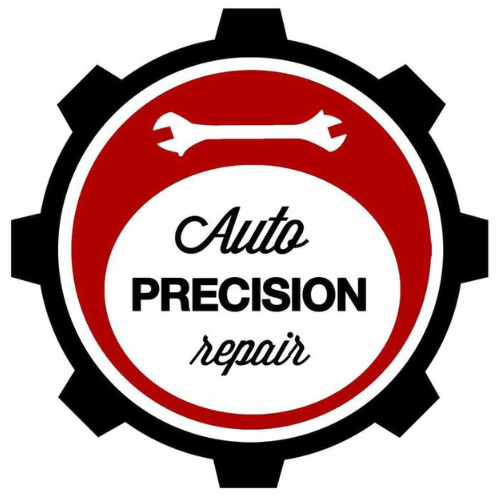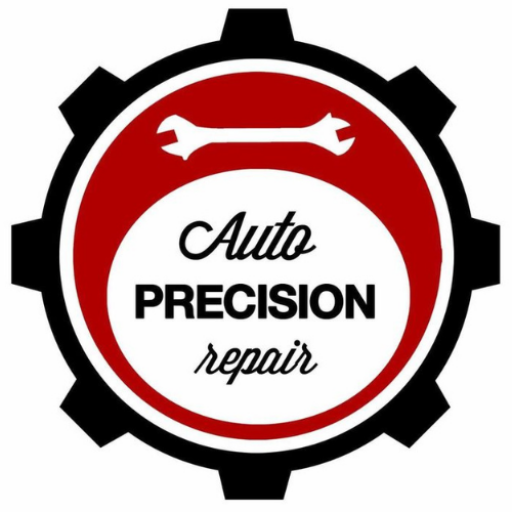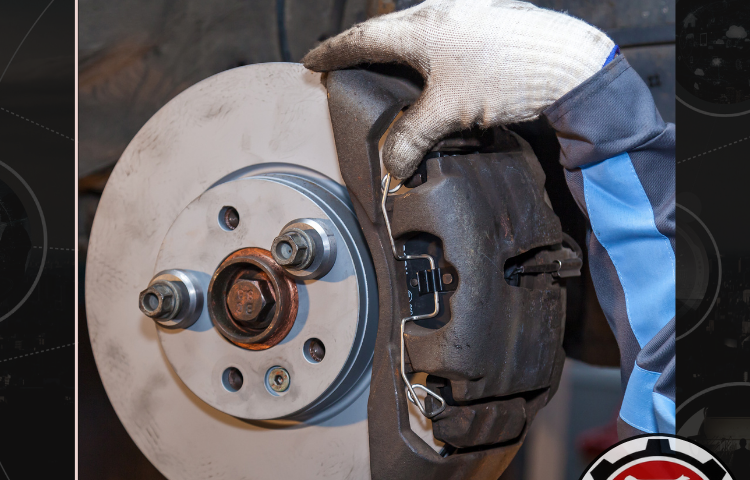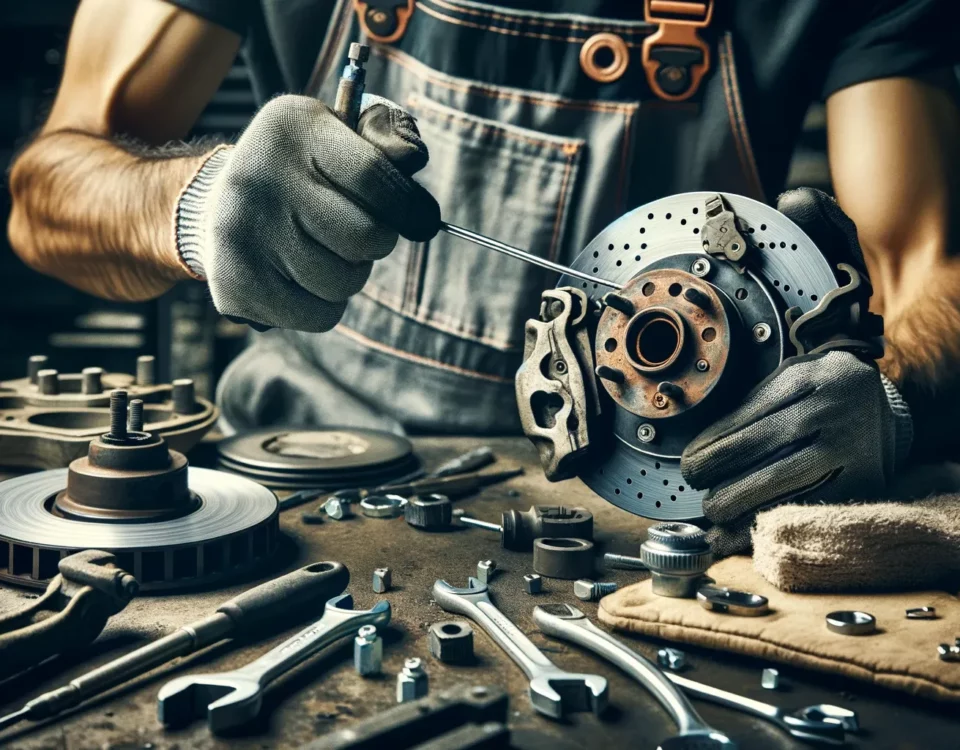Brake Basics: Understanding Your Car’s Most Crucial Safety System

Step-by-Step Guide to DIY Brake Pad Replacement
January 8, 2024
Timing Belt 101: Why It’s Crucial and When to Replace It
January 9, 2024In the realm of automobile safety, the brake system holds an uncompromising position.
This comprehensive guide, ‘Brake Basics: Understanding Your Car’s Most Crucial Safety System’, is designed to equip you with the necessary knowledge to comprehend the intricacies of your vehicle’s brake repair system.
From understanding the fundamental components to learning essential maintenance tips, this guide is a valuable asset for those who wish to ensure optimal vehicle safety.
As a member of our community of informed vehicle owners, your safety is of utmost importance to us.
Join us as we delve into the details of your car’s most crucial safety system – the brakes.
Understanding Brake System Components
In order to fully comprehend the operation of your vehicle’s brake system, we must first delve into its key components.
The brake system is comprised of several parts, the most notable being the brake pedal, master cylinder, brake lines and hoses, and the brake assemblies themselves.
When you press the brake pedal, it initiates a sequence of events: the master cylinder pushes fluid through the brake lines and hoses to the brake assemblies.
These assemblies, which can either be disc or drum based, use friction to slow or stop your vehicle.
Understanding this process allows you to better appreciate the importance of regular maintenance and the potential dangers of neglecting your vehicle’s brake system.
Maintenance Tips for Effective Braking
The regular upkeep of your vehicle’s brake system plays a pivotal role in ensuring its effective operation and your overall safety on the road.
It is essential to schedule regular brake inspections, preferably every six months. This routine check should include brake fluid levels and condition, as well as the integrity of pads, rotors, and lines.
Replacing worn-out parts promptly will prevent further damage and expensive repairs. Moreover, be attentive to signs of brake repair issues such as squealing, grinding noises, or a spongy brake pedal.
Lastly, avoid heavy braking whenever possible. Smooth, gradual braking reduces wear and tear on your system and enhances its longevity.
These maintenance practices ensure optimal brake performance and road safety.
Prev Article





